Sell them and build clones. Or make some dipoles (end or centre fed).
You can make a clone of a Buddistick for pennies that has the massive advantage of not weighing lots. My clone for 30/20/17/15 weighs about 150gm, it’s just wire with a coil wound on some PVC waste pipe. The build instructions are on here if you want to try one.
It’s definitely a compromise on lower bands but is fine on 17/15m with acceptable performance on 20m. A bit vague on 30m because there is a lot of loading coil in use. I would never think of using it for 40/80m. It also works on 10/12m but the way I built mine, that involves swapping the top section. The only reasons I see to use it are that it is quick to deploy and an omni. It took a while to learn how it tunes up and it is dependant on the ground. Fairly predictable in Scotland and mainland Europe, but badly affected by thick layers of snow on the ground. Tuning is different on volcanic islands (Madeira, Canaries ) but again, once you have learnt how it tunes, it is repeatable.
Definitely needs some kind of SWR indication to confirm it is OK. Easy for me as I use the SWR display in an 817.
Would I buy/use a real Buddistick? No, far too heavy for SOTA and far too expensive when my clone cost under a few pounds to make. I think a link dipole is a better bet though.
I used it for all my 20/17/15m QSOs made between 6-nov-2011 to 3-jun-2018, 2609 QSOs (CW/SSB) over 147 distinct activations in GM, OE, DL, F, EA8, CT3, OK, PA, ON, LX, HB9. It worked FB when solar conditions were better on the lead in and lead out of the last solar maximum. Now conditions are much poorer I’ve been using a link dipole for 30/20/17 which definitely outperforms the Buddistick clone but it is much more directional.
For SWR, you can use an old CB meter which can be had for coppers. Or you can make up one of the many circuits that either use the brightness of an LED or number of LEDs to indicate the SWR. if you want something small to go with the mountain topper.
So my advice is sell the commercial antennas and get as much of your cash back as possible. Home brew a SWR meter/indicator, home brew a link dipole that covers the bands on the Mountaintopper. When you have experience of using the dipole, homebrew a link EFHW for the same bands and compare it. Leave making trapped dipoles/EFHW and Buddistick clone for now.
For the record, I’ve nearly always used a 5m pole and have the following antennas
For the 5m pole:
80m Inv-V dipole.
60/40/30 Inv-V link dipole. (LF bands work horse antenna)
30/20/17m Inv-V dipole.
40/30/20 trapped EFHW (commercial)
30/20/17/15/12/10m Buddistick clone
12m 1/4wave GP
For an 8m pole
0.64wave 10m vertical (2x 2m elevated radials, base loading coil)
I normally would not buy HF antennas, especially wire ones but the EFHW was on offer at the time.
Note there is no perfect antenna. They all have pros and cons for differing uses and environments. But HF antennas are so easy to build and play with, you can have loads of fun figuring out what you like and works best for you.
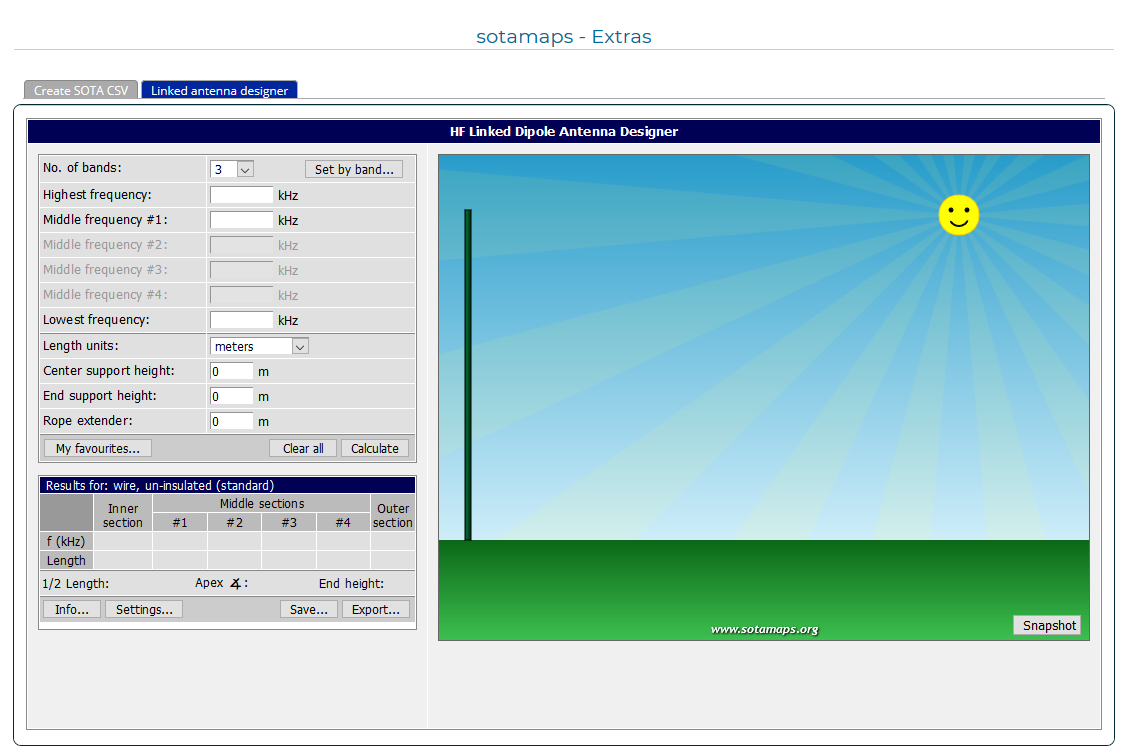

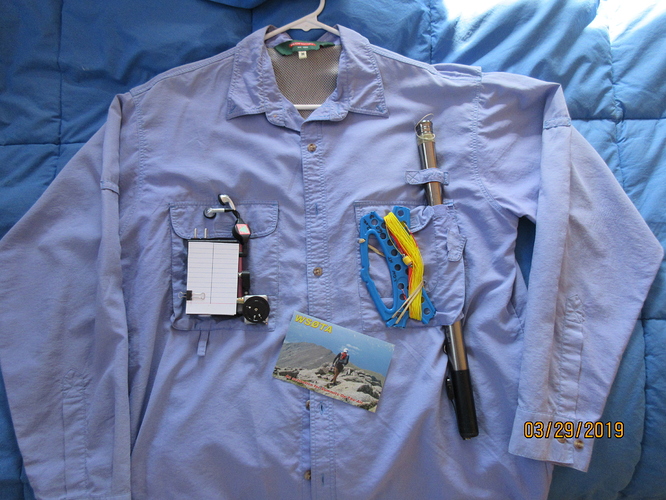

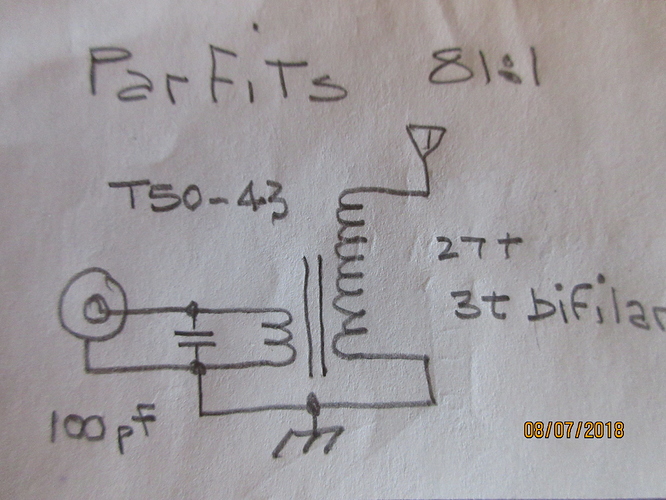
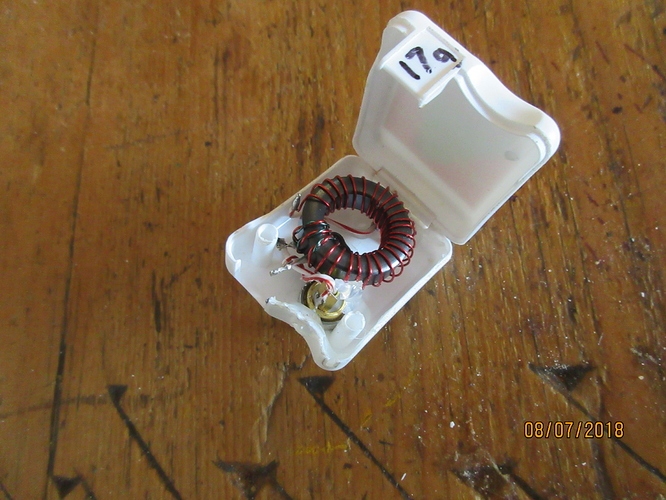

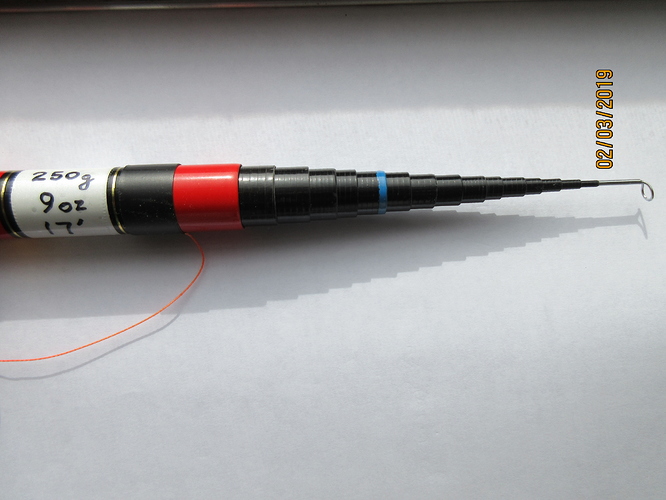
 .
.